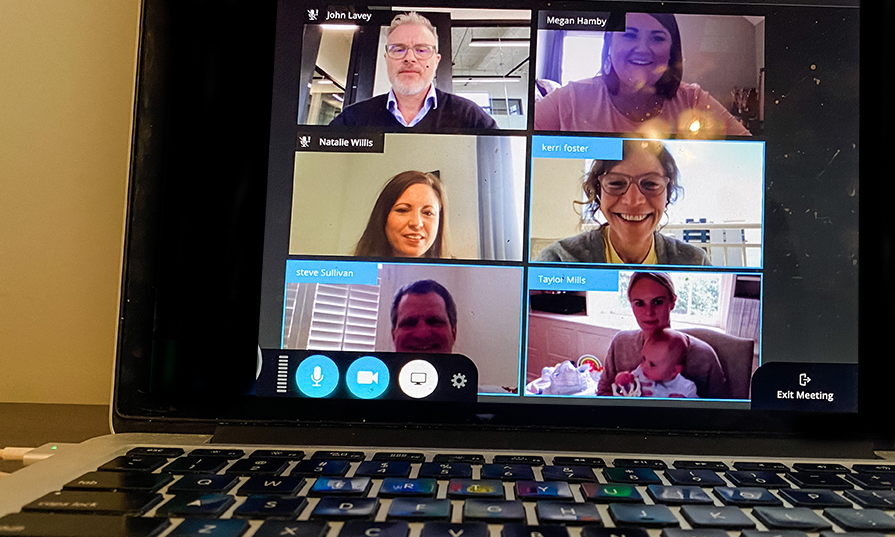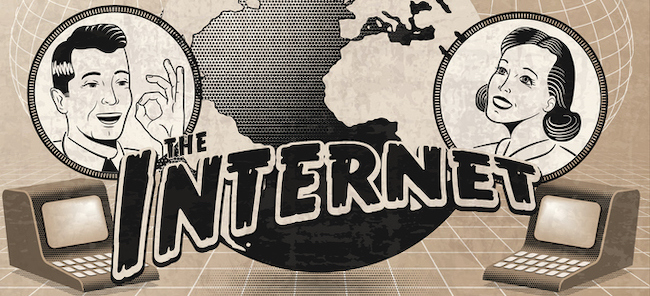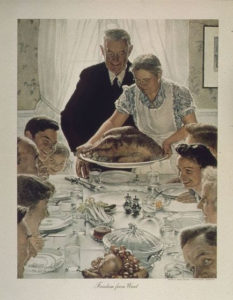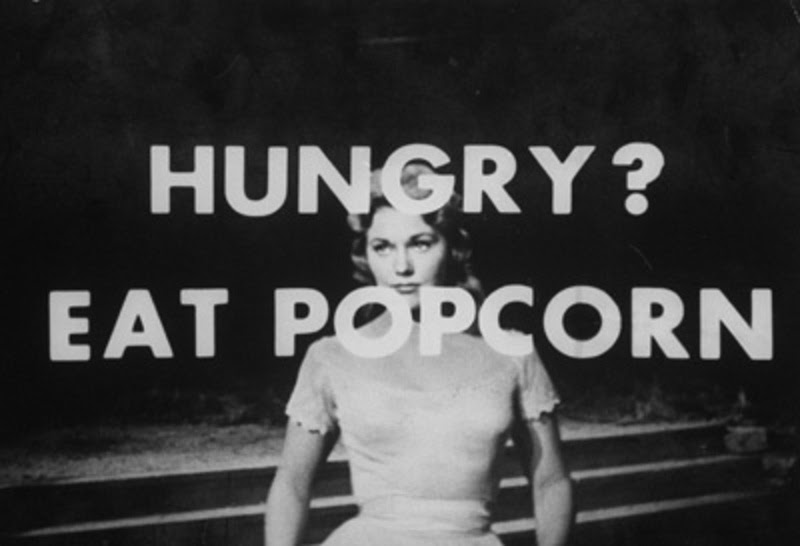



By Rex Hammock, CEO
Many years ago, Hammock Inc. published a corporate magazine for a fast-growing company with more than 30,000 employees. Because much of the company’s growth came from acquisitions, it was a challenge for employees to keep up with all the things the corporation was becoming.
Inspired by National Geographic‘s issue-long photo feature, “A Day in the Life of America,” we suggested creating a corporate version. We told the company’s story through hundreds of photographs in locations across the country—all taken on the same day.

By Rex Hammock, CEO
Look at the screen you are using to read these words. Never before has such technology, ingenuity and creativity made it possible to spread your message to more people.
But, in reality, the most powerful forms of communication are not powered by technology—they are powered by the stories told through technology. Marketplaces are powered by two people looking at one another, face to face. Marketplaces are created when those two people grow into communities, conferences and forums.

By Rex Hammock, CEO
One of the content gifts the internet gave us is podcasting. Before podcasts came along, the ability to push audio messages to a global audience was limited to various types of radio signals requiring licenses and expensive equipment to operate. We’re talking everything from ham radio to CB to pirate radio to the old soup-can and string. In other words, podcasting was radio for the rest of us.

By Rex Hammock, CEO
“All businesses are media businesses.”
I’ve heard versions of that claim for decades. But what does it mean in 2020?

By Rex Hammock, CEO
In the mid-1990s, I was asked to make a lunch presentation to Nashville’s Downtown Rotary Club. My assigned topic was, “What is the Internet?” No kidding. To begin the presentation, I asked the club’s 300 members to raise their hands if they had an email address printed on their business cards.
Fewer than 10 people raised their hands.

By Rex Hammock, CEO
Recently, I broke up with my cable provider. It wasn’t my intention to break up. I have been using the same provider since 1986. However, after a hassle over internet access, cord-cutting and the inability to communicate with a series of customer service employees, I had no other option than to start all over with a different approach. So I cut the cord and created my own bundle of services and features. For me, the solution to have a cable-free, internet approach has worked perfectly.

By Rex Hammock, CEO
I dread this time of year.
No, it’s not the holidays I dislike. I’m a big fan of those. It’s the final few weeks of the NFL regular season I’m talking about. More specifically, it’s those final few weeks when a team I support* can clinch a playoff berth—but only if a long list of “playoff scenarios” fall into place.

By Rex Hammock, CEO
Customers don’t just purchase products and services—they purchase solutions and outcomes. Offering your marketplace the shiniest new object is no longer enough. You must provide the best product, as well as a platform that supports it with the best service and explanatory content and media.
But that’s not all. Once a customer owns your product, they’ll want more knowledge and insight into how that product can best serve them. They’ll also expect ongoing training, certification and continuing education.

By Rex Hammock, CEO
 We all know the Norman Rockwell painting above. It’s Thanksgiving Day dinner, and the family’s matriarch is presenting a bountiful feast to several generations of her family. The image has become a powerful graphic embodiment of the gratitude the American holiday symbolizes.
We all know the Norman Rockwell painting above. It’s Thanksgiving Day dinner, and the family’s matriarch is presenting a bountiful feast to several generations of her family. The image has become a powerful graphic embodiment of the gratitude the American holiday symbolizes.
While the artistic merits of the painting have been debated since it was created in 1943, it’s impossible to challenge the impact and power of the illustration and the three other paintings in a series known as “The Four Freedoms.”

By Rex Hammock, CEO
In 1957, unemployed magazine editor Vance Packard spent two months writing a book about advertising titled The Hidden Persuaders. He was not an expert in advertising, and much of the content of the book came from interviews and the writings of others.
The book is primarily remembered today for its mention of a concept that would come to be known as subliminal advertising. This technique was supposed to increase sales during movies by flashing messages like “Eat popcorn” and “Drink Coca-Cola” on the screen at a speed so fast they couldn’t consciously be seen. Advertising experts dismissed the book and the concept of subliminal advertising—but the public loved it and bought 3 million copies.